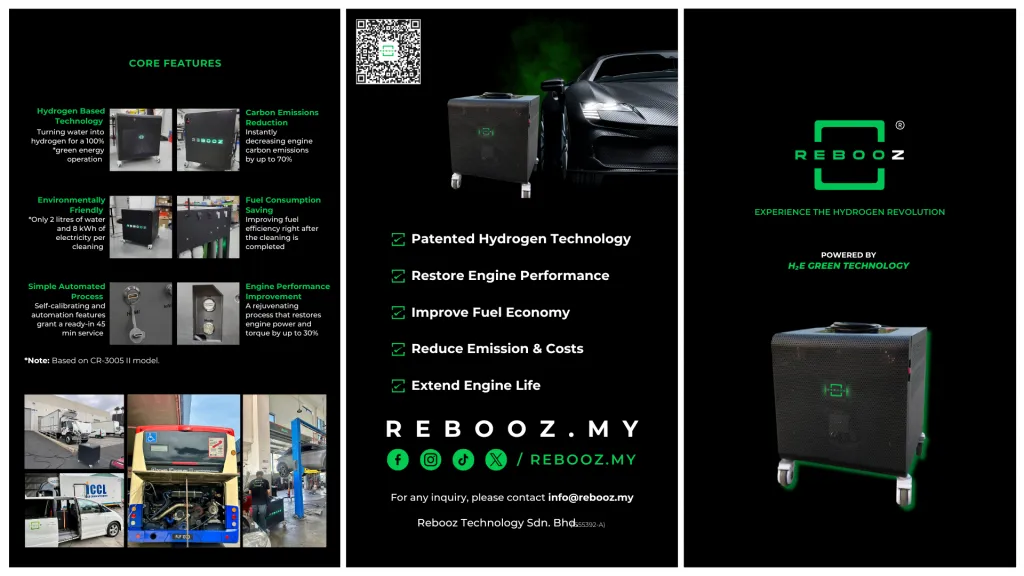In the quest for sustainable and efficient environmental remediation, a team of researchers from the Department of Chemistry at Universiti Putra Malaysia has made a significant stride. Led by N N A Nuar, the team has developed a novel approach to control the release of hydrogen peroxide (H₂O₂) using dextran-coated calcium peroxide nanoparticles. Their findings, published in the journal *Materials Research Express* (which translates to *Expressions of Material Research* in English), could have profound implications for the energy sector and beyond.
Hydrogen peroxide is a powerful oxidant widely used in environmental remediation, water treatment, and various industrial processes. However, its rapid release and decomposition have posed challenges in maintaining sustained oxidant availability. To address this, Nuar and his team synthesized calcium peroxide nanoparticles and coated them with dextran, a biocompatible and non-toxic polysaccharide. The goal was to regulate the release of H₂O₂, ensuring a more controlled and prolonged availability of the oxidant.
The researchers employed a cerium sulfate assay to examine the release kinetics of H₂O₂ from the dextran-coated nanoparticles. Their findings revealed that the dextran coating significantly moderated the release of H₂O₂. “Approximately 52.7% of the total H₂O₂ content was released gradually within 180 minutes,” Nuar explained. “This is in stark contrast to the rapid and complete release observed from uncoated nanoparticles.”
The kinetic analysis further demonstrated that the release of H₂O₂ from the dextran-coated nanoparticles followed pseudo-first-order kinetics, indicating a diffusion-controlled release through the dextran matrix. The Korsmeyer–Peppas model suggested an anomalous transport mechanism, characterized by both diffusion and polymer relaxation. “This means that the dextran coating not only slows down the release of H₂O₂ but also provides a more controlled and sustained release,” Nuar added.
The implications of this research are far-reaching, particularly for the energy sector. Sustained oxidant availability is crucial for various processes, including the degradation of organic pollutants, the treatment of industrial wastewater, and the remediation of contaminated soils. By providing a more controlled release of H₂O₂, the dextran-coated nanoparticles could enhance the efficiency and effectiveness of these processes, leading to significant cost savings and environmental benefits.
Moreover, the use of biocompatible and non-toxic materials like dextran makes this approach particularly attractive for applications where environmental safety is a priority. “Our findings confirm that dextran coating effectively modulates the release kinetics and provides sustained oxidant availability,” Nuar stated. “This is beneficial for prolonged environmental remediation applications and could pave the way for more sustainable and efficient industrial processes.”
As the world continues to grapple with environmental challenges, innovations like these are crucial. The research conducted by Nuar and his team not only advances our understanding of controlled-release kinetics but also offers practical solutions for real-world problems. With further development and optimization, this technology could become a game-changer in the field of environmental remediation and beyond.

